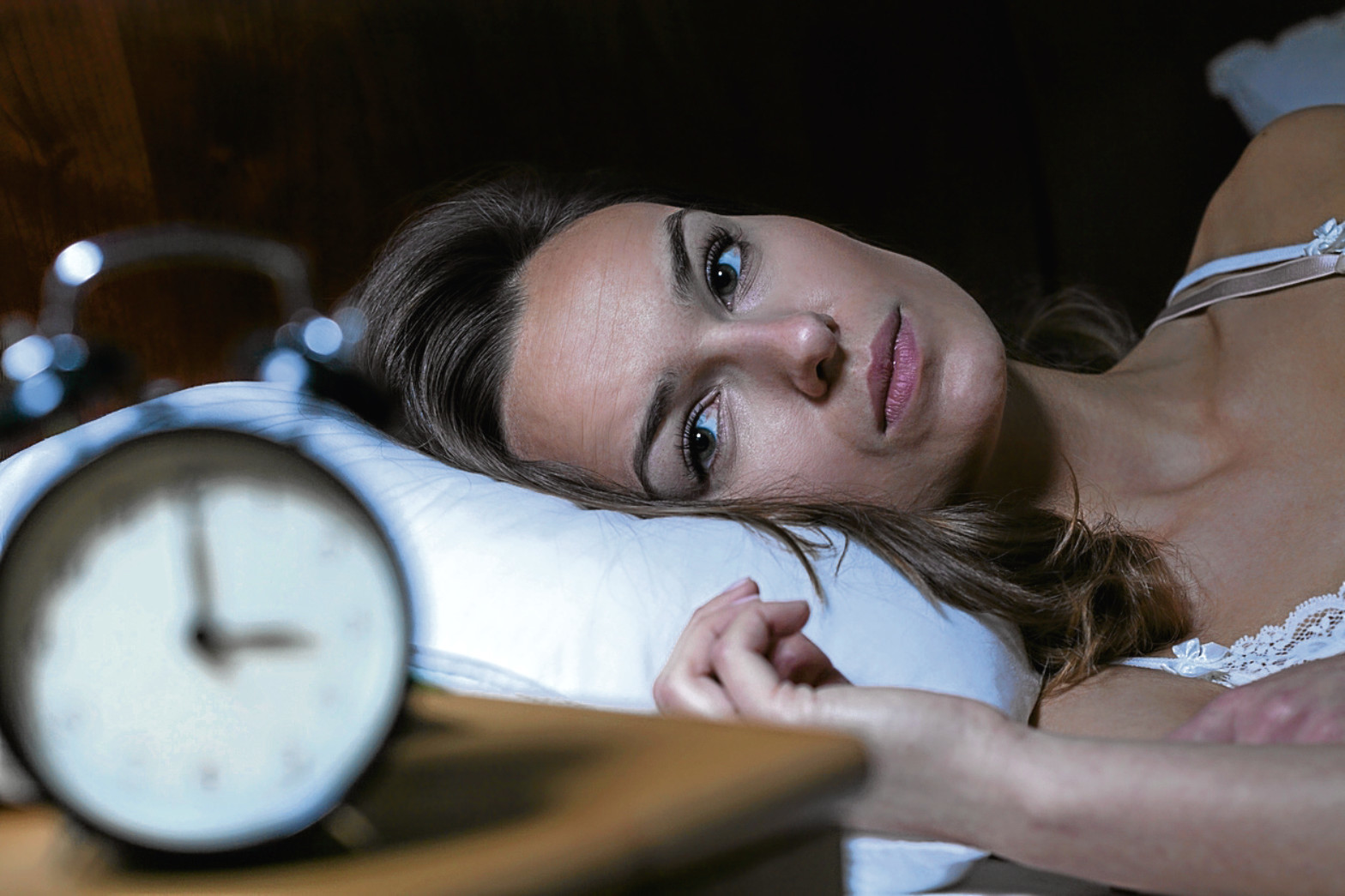
SOMETIMES, falling asleep isn’t the problem — but staying in that dreamy deep slumber is a different matter.
A recent survey by bed company Dreams, revealed 56% of women and 49% of men are bad sleepers.
It could be a car alarm, a bad dream, or your partner disturbing you.
Whatever the reason, waking in the night can mean you’re doomed to stare at the ceiling until your alarm does actually go off a few hours later.
Thankfully, there are ways to limit broken nights, and prise open the gates to the land of nod again . . .
PET PEEVES
SOME of us love a fur ball to snuggle up to, but Dreams reveals that 58% of us are woken by pets sleeping in the bedroom.
As hard as it might be to give up that living hot water bottle, try to train cats and dogs to sleep in another room, establishing your bedroom as strictly off limits.
SNORE THING
It’s so common — as many as one in four people snore regularly, with men twice as likely to be culprits.
Sleep on your side, rather than your back, to alleviate pressure on the airway.
Snoring can signal underlying conditions, so consult your GP if it’s becoming problematic.
LOSE THE BOOZE
Who doesn’t like a nightcap? It’s estimated that around 7.9 million Brits use alcohol to help them sleep, but many don’t realise it actually makes the quality of our sleep worse.
Dreams recommends: “Avoid alcohol for at least four hours before bedtime, to avoid suppressing melatonin, the sleep hormone.
“Try not to stay up past your usual bedtime, as this only increases alcohol’s sleep-depriving effects.”
BED HEAD
In just seven years, your bed has deteriorated by up to 75% from its “as-new” condition.
So it might be time for a change, and to treat your tired body to a proper medium-firm bed and mattress.
Dreams suggests: “Spend time selecting the right mattress — firmness can put stress on pressure points, while an overly-soft mattress can harm soft tissue.”
RELAX
More than 80% of people who have restless leg syndrome (RLS) also experience twitchy legs while asleep, according to the research.
If this affects you, massage your legs, or try doing some light stretching or yoga before bed.
Take a warm bath, or apply a hot compress to your legs to help relax the muscles.
ADDRESS THE STRESS
According to a YouGov poll, one in five people in the UK suffer from anxiety most or all of the time — and the middle of the night is a hard time to banish bad thoughts.
Dreams says: “Resist the urge to keep checking the clock — this will only heighten the anxiety of being awake and that’s a vicious circle.
“Distract your mind with a mug of warm milk or watching traffic outside until you start to feel drowsy again.”
TOP TIPS FOR GETTING BACK TO SLEEP
IF you really can’t get back to sleep within 20 minutes, get up and do something low-key, such as reading or listening to music.
If you do get up, keep the lights down low. Also, avoid using backlit devices such as TVs, tablets and smartphones in bed.
Relax your mind and body with some deep-breathing exercises or meditation.
Record your sleep patterns and talk to your GP about them to see if you can devise a strategy for sleeping better.

Enjoy the convenience of having The Sunday Post delivered as a digital ePaper straight to your smartphone, tablet or computer.
Subscribe for only £5.49 a month and enjoy all the benefits of the printed paper as a digital replica.
Subscribe